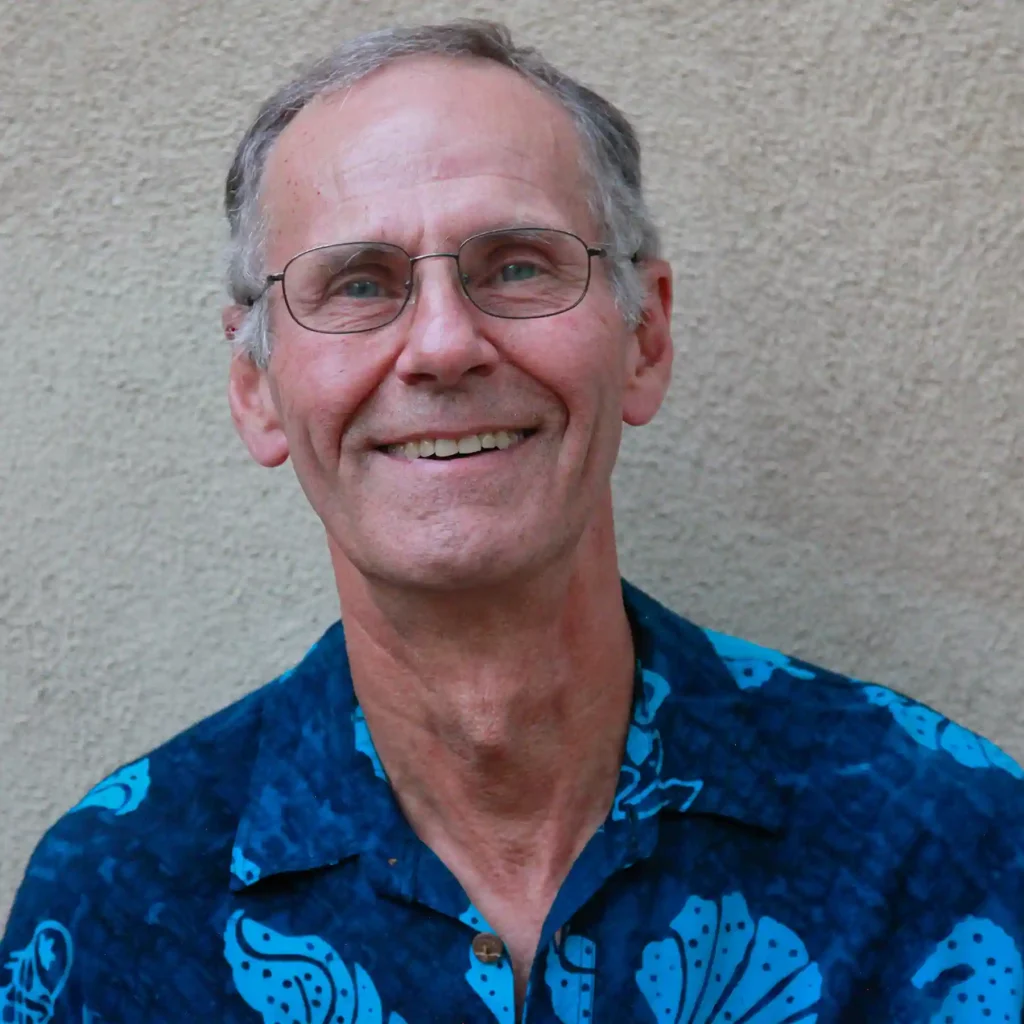Unless you have been sleeping under a tree for a few years like Rip Van Winkle you probably know that Millenials and young people in general are big on identity and identity politics. There is a whole new set of jargon for this that I am not fully aware of but basically they find it important to announce their gender identification to let people know ahead of time how to refer to them, he, she, they, it, etc. This article will examine some of the concerns about identification to see if we can come to some non-polarized understanding about the phenomena. It includes other identifiers such as male and female, race and skin color like black, white, brown, yellow, and red, and so on. Be aware that it is not the same thing to say “I identify as white” and “I identify with whites.”
Identity is important for us human beings in several ways. It gives us a sense of definition and selfhood, and a sense of belonging when we are young. It is like a structure that we can cling to for a sense of stability. When I say I am a human this means I am not a raccoon or a termite. Some rare children raised by wolves identify with being a wolf. The only other people that might say this are shamans who have learned to shape shift into a wolf or belong to a wolf clan. Identity helps us to fit in and it is like having an address, “I live here.”
Identity can also give an oppressed group, that has been stripped of its identity, a sense of power to shift their condition for the better. Identification as black, latino, gay, or lesbian can give the person a sense of empowerment and strength in numbers.
So let us look at identification in general for a moment. When we identify as something, for example LGBT or female or brown we enter within a broader container that on the one hand can feel like support but can also be experienced as a trap.
Identity creates a boundary around ourselves that distinguishes us from others just as when a nation describes its physical boundaries (borders) that decrees that the people living within are Americans, Italians, Canadians, Peruvians, Japanese and so on. Drawing a boundary, an edge, or a border sharpens the delineation to let everyone know there is now a difference. Shamanically speaking boundaries heighten the intensity, increase the activity, increase the diversity at the edge, increase the risks, the opportunities, and the dangers inherent at that boundary. Create a deadline and all these qualities come to bear. Build a wall or a fence across a stretch of land and all these qualities come to bear. Seashores where sea and land meet have these qualities. They are intense, active, have greater biodiversity, create more opportunities, have greater risk and more danger. There is the opportunity of becoming more powerful there or losing everything. This is true of every kind of edge or boundary that you can think whether it is a speed-limit, a deadline, a physical boundary, an emotional boundary, a psychological boundary, or set of laws, or what have you.
So when you adopt a definition of yourself you are creating a kind of boundary around yourself and your perceived group, sharpening the definition that may enhance your social standing or create greater risk for yourself. If you present yourself as a college student (perhaps in the closet) and then choose to come out and present yourself as LGBT and/or man of color you have sharpened the boundary and perhaps have created more opportunity for yourself, greater intercourse or activity between you and others at that college etc. It may give you a stronger sense of self, more confidence, greater focus, more ambition or any number of other quite positive outcomes and yet you may be subject to more attack.
This is all quite simple but now we come to the complexity of it. The more labels you identify as, the more confined you may find yourself to the groups you are identified with. Of course this might be just fine with you for a time and give you greater comfort.

Remote Shamanic Healing
Each month, around the new and full moons, Jose, Lena or Anna leads a remote shamanic healing session. These approximately 30 minute sessions are designed to be experienced in a quiet, safe place free from distraction. Even if you cannot join live they can be very powerful, and always include a good clearing and beautiful icaros. These are live webinars where you cannot be seen or heard. You can hear the practitioner and see their altar for that evening. Recording access is included for 48 hours afterwards. See the product description for dates and times.
The physical body personality is the one that labels make sense to. If you look down and see male genitals on yourself that may tell you about what you are or are not but that is only important to the body personality. The body personality may not relate to those genitals and decide to have them removed so that the body conforms more to the their emotional and psychological identity. On an essence level it does not matter all that much. This lifetime male, that lifetime female, this lifetime straight, that lifetime gay, this lifetime white, that lifetime brown or black. Essence is interested in diversity, the local body personality is interested in specific experiences. At the end of this lifetime when your body dies your body personality dies with it so all the importance you may have placed on any particular identity dies or evaporates into thin air although you do retain the lessons learned. If you pride yourself on being a white male supremacist you are creating an identity that is very short lived indeed. This is why in many advanced spiritual traditions like for example Zen Buddhism, there is an emphasis on letting go of as many as possible. In the end they just get in the way. However young people need identifications and people that have been traumatized and given very negative identities such as slave, worthless woman, or faggot need positive identities before they can eventually let go of them.
Many mature souls struggle with all this and find themselves in difficult and confusing situations regarding identity. Recently I participated as staff in a leadership conference attended by a highly diverse set of students, mostly millenials of different races and sexual orientations. Their task involved dealing with one another in the here and now with a very few set of instructions. The stress of this environment rather quickly developed into friction between the genders, races, and people with various sexual orientations. Some tended to attack while some went into denial and still others tried to avoid the conflict by transcending all obvious differences. In the end all of these strategies were discovered to be rather worthless and ineffective. In this particular group there were a number of white women who stated in so many words that “We are all human can’t we all just get along and not argue about such superficialities as race and gender? The minorities present were incensed and highly provoked by this stance feeling that their experience was real and was being trivialized or dismissed by these white women. There were verbal attacks, tears, feelings of betrayal and mass confusion for these women. When these people voiced their wounding the minorities expressed impatience with them stating that they did not want to help them work out their feelings. They were tired of helping whites overcome their unconscious racism. These discussions were long and brutal but did produce some understanding in the long run.
What I witnessed was very painful but clearly was a product of polarization which is the actual problem. The minorities were right in saying that you cannot just ignore the fact that racism exists and has taken a terrible toll on so many people. We do notice that someone is Latino or Black or Asian or LGBT and we do have judgments about them whether we think we do or not. We had to look at the fact that all the upper management staff were white although some of them were also lesbian and gay. So this is the world we live in and we have to acknowledge it. At the very same time we can also realize that we are all human beings trying out different identities in this life and that we are all actually all of them. There is no reason that these two understandings cannot coexist.
It does concern me that many young people feel the pressure to define themselves as straight, gay, lesbian, bi, asexual, or even transgender before they have had a chance to truly discover what is true for them. While many of them are better educated about the various possible identities they have to choose from, many are not presented with the larger spiritual understanding of who they actually are as spiritual beings.
I also discovered another rather interesting phenomenon during this conference. Many of the millenials attending voiced blatant disregard for the authority of the staff members who included people of diverse ages and sexual orientations. They said directly to our faces that they were not interested in following our rules, our timelines, our structures imposed on the conference learning experience. They often did what they pleased throwing out the guidelines, meeting any time they wanted to etc. The result was a fair amount of chaos that we staff members looked upon with great curiosity because our job was to learn from the experience as well. When we asked them about this they said that their only interest in us was the fact that they wanted to “be us,” that is, be in our positions of authority, but not like us. They wanted to know the quickest way possible they too could become consultants and staff members. They were not happy with our answers that had to do with gathering experience over time and learning from both their own mistakes and from the mistakes and successes of more experienced people.
I found them rather quick to dismiss me as an old white male. What possible value could I have for them? Older white males are now at the bottom of the millennial rubbish heap accelerated by all the older white male politicians and CEO’s and their terrible legacy on this planet. Rather than take offense I decided to be amused at this and simply be myself as best I could. By the end of the conference a certain number of them had taken notice of me with a different sort of interest. As it turns out they were interested in the shamanic perspective, even if it did seem to be coming from an old white guy. As it turned out I had a container that some of them were rather excited about.
Tags:

José Stevens
José Luis Stevens, PhD is the president and co-founder (with wife Lena) of Power Path Seminars, an international school and consulting firm dedicated to the study and application of shamanism and indigenous wisdom to business and everyday life. José completed a ten-year apprenticeship with a Huichol (Wixarika) Maracame (Huichol shaman) in the Sierras of Central Mexico. In addition, he is studying with Shipibo shamans in the Peruvian Amazon and with Paqos (shamans) in the Andes in Peru. In 1983 he completed his doctoral dissertation at the California Institute of Integral Studies focusing on the interface between shamanism and western psychological counseling. Since then, he has studied cross-cultural shamanism around the world to distill the core elements of shamanic healing and practice. He is the author of twenty books and numerous articles including Encounters With Power, Awaken The Inner Shaman, The Power Path, Secrets of Shamanism, Transforming Your Dragons and How To Pray The Shaman’s Way.




